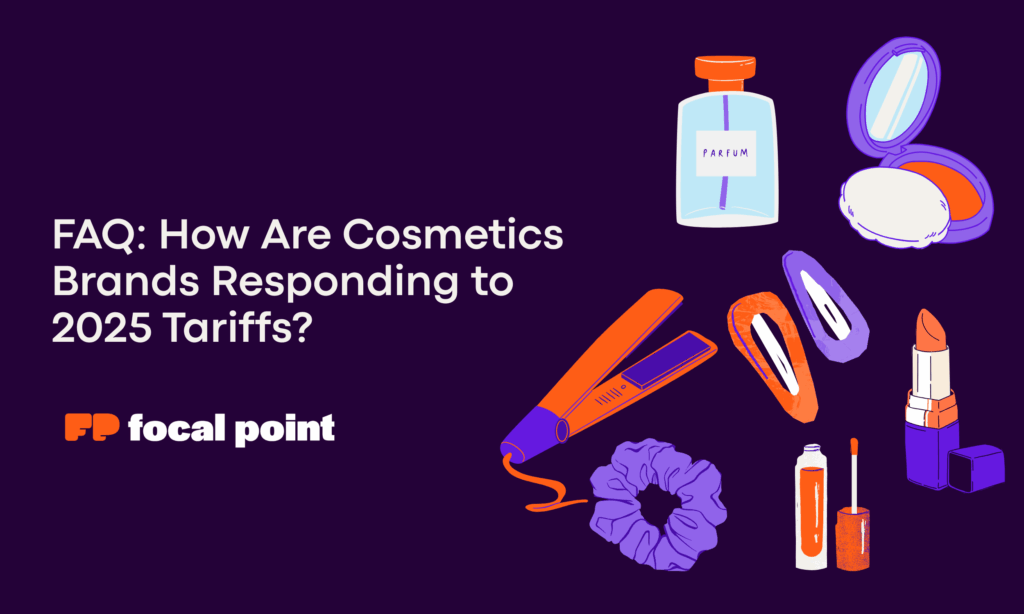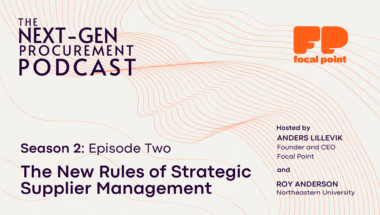FAQ: How Cosmetics Brands Are Navigating the 2025 Tariff Shock
1. How are cosmetics companies adjusting their sourcing strategies in response to 2025 tariffs?
Brands are moving production out of China to avoid a 60% U.S. tariff. Estée Lauder now sources synthetic talc from the U.S. and packaging from Mexico, while Revlon is shifting to synthetic mica and Brazilian inputs.
2. What ingredients and materials in cosmetics are most affected by new U.S. tariffs?
High-impact items include mica, talc, and plastic packaging—primarily imported from China. Prices have jumped 40–60% per unit due to new tariff enforcement.
3. What are the top nearshoring strategies cosmetics brands are using in 2025?
Mexico is emerging as a packaging hub, offering tariff-free access under USMCA. India and Brazil are becoming key alternatives for ethical mica and talc sourcing.
4. What’s the estimated cost impact of tariffs on cosmetics products?
Tariffs are increasing unit costs by $0.05 to $0.10. For a $30 lipstick, that’s a margin hit of up to 3%, prompting procurement teams to reassess sourcing mixes.
5. What technologies are procurement teams using to manage tariff risk?
Tools like SAP Ariba are being configured with tariff-sensitive SKUs. AI forecasting and real-time supplier dashboards are helping teams plan around disruption.
Ready to see how Estée Lauder, Revlon, and MAC are responding behind the scenes? Download the full whitepaper here.



